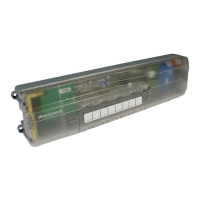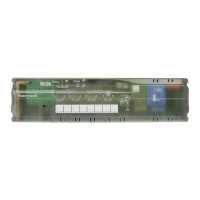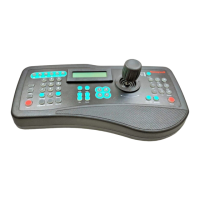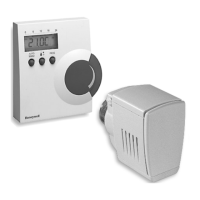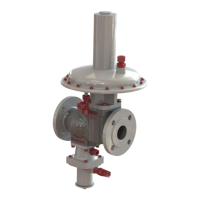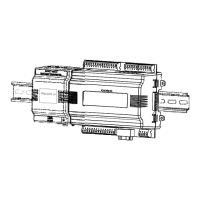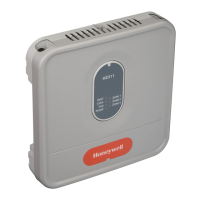What to do if my Honeywell HC900 has a flashing amber status LED after power-up?
- CChristina WhitakerJul 25, 2025
If your Honeywell Controller shows a flashing amber status LED after you power it up, this indicates that a critical error has occurred during the power-on self-test. The suggested solution is to replace the controller module.








